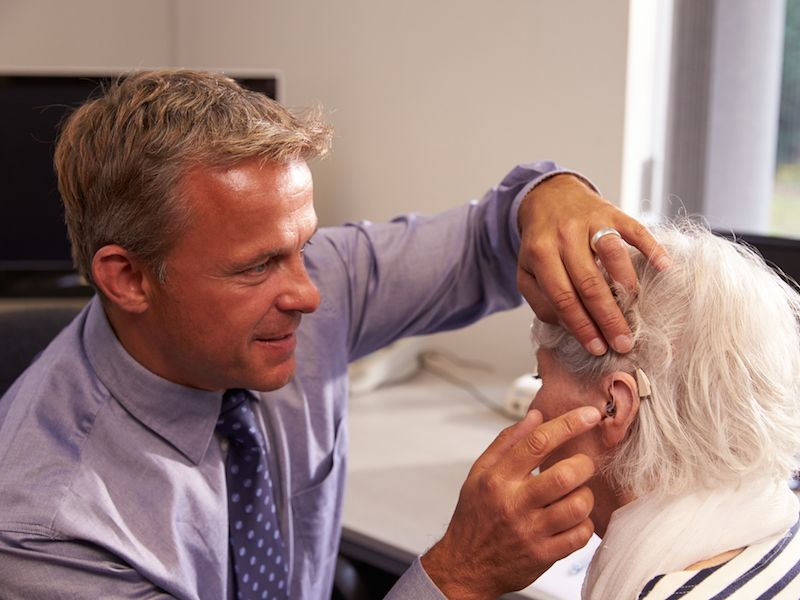
The numbers don’t lie: you may require hearing aids eventually. A quarter of all people between 60 and 75, according to an NIDCD study, have hearing loss and for people over 75 this number increases to 50%. The best method to fight age-related loss of hearing is to use a hearing aid, but how do you know which style is best for you? Hearing aids used to have issues like vulnerability to water damage and unwanted background noise but modern day hearing aids have solved these sorts of problems. But to ensure your choice of hearing aid is correct for you, there are still things you need to think about.
Directionality is a Crucial Feature
Directionality is one crucial feature you should look for, which has the capability of keeping background noise to a minimum while focusing on noise you want to hear such as conversations. One, or both, of two directionality systems are working inside most hearing aids, they either focus in on sound directly in front of you, or they focus on sound produced by different speakers and sometimes do both.
Can You Use it With Your Phone?
It’s become apparent, we’re addicted to our cellphone as a country. Even if you don’t have a smartphone, it’s likely you have a flip phone. And for the few who don’t actually own a cell phone, you likely still have a land-line. So, when you’re testing different hearing aids, you will want to see how they connect to your phone. What does it sound like? Are you able to discern voices plainly? Is it Comfortable? Are there any Bluetooth connectivity features available? When looking at new hearing aids, you should take into consideration all of these.
What is The Probability You Would Actually Wear it?
As mentioned above, hearing aid technology has advanced by leaps and bounds over the past few years. One of those advances has been the size and shape of hearing aids, which have moved towards the smaller and more comfortable path. But there are certainly pros and cons. A more compact hearing aid might not be as powerful as a larger one, so it really depends on your hearing professional’s recommendation and what you want to accomplish with your hearing aid. The little ones won’t have the features of the larger models and they may get clogged with earwax but they fit inside your ears almost invisibly. On the other hand, better directionality features and more advanced sound amplification choices come with a behind the ear hearing aid though it’s a little bit larger.
Exposure to Particular Background Sounds
One of the leading problems since hearing aid technology has been invented has been wind noise and the chaos it causes to users. Being outside on a windy day with a traditional hearing aid once meant that you couldn’t hear anything except the wind, which is enough to drive anyone crazy. you live in a windy area or if you’re an outdoor person so you’ll want to control wind noises with your hearing aid choice so that conversations are free from that irritating wind howl. Educate yourself about the many different hearing aid options available to you. Call us.
